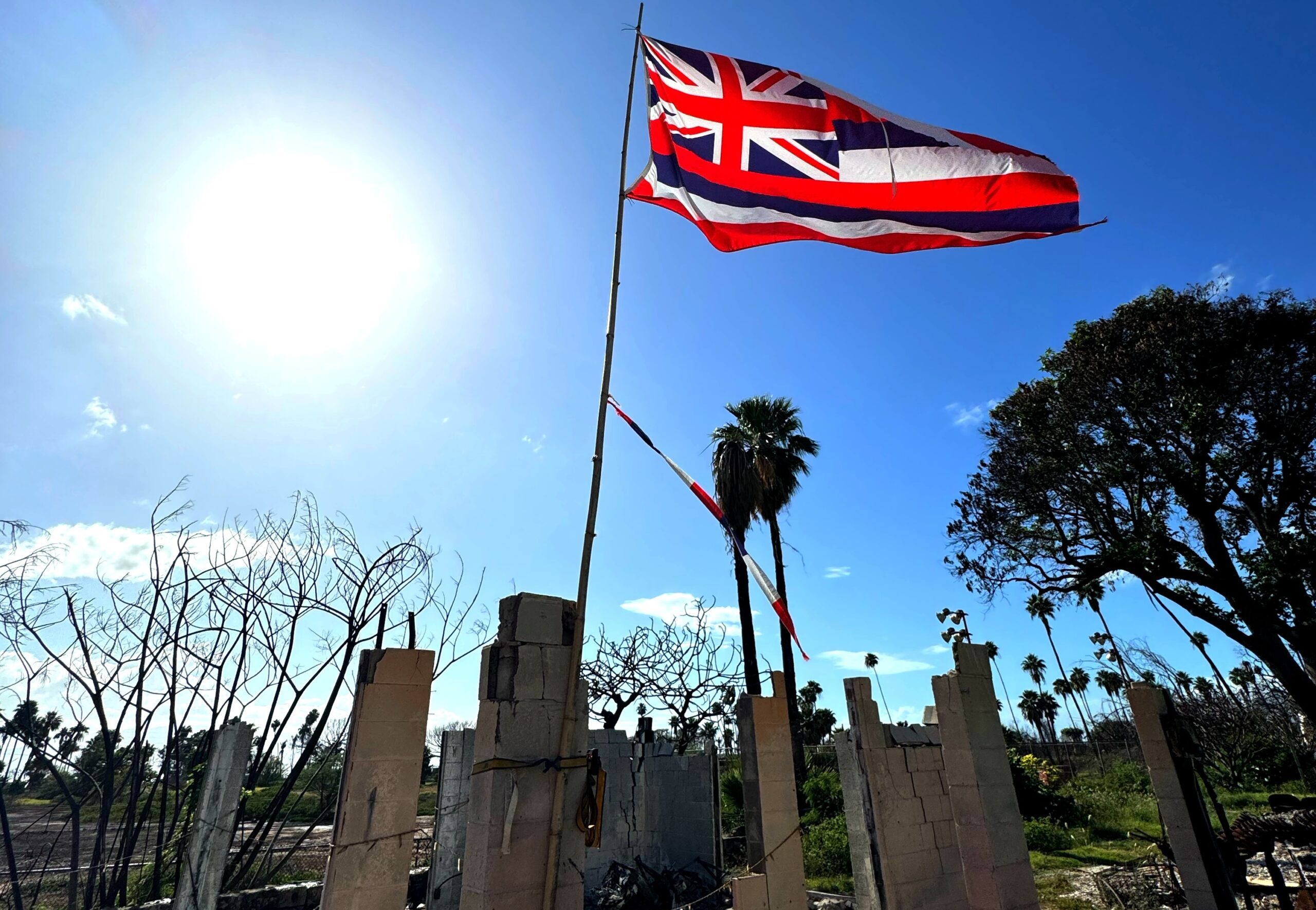Disaster philanthropy cannot be deskbound: Takeaways from a trip to Lahaina

In all likelihood, you have heard the adage, “Seeing is believing.” However, it is a truncated version of the quote in which its origins lie:
“Seeing is believing, but feeling is truth.” – 17th-century English clergyman Thomas Fuller.
After my recent trip to Lahaina, the full quote rings more true than ever.
In mid-March, my colleagues Nicole Behnam, Sally Ray and I visited Maui to meet with current and potential partners, as well as learn more about the impact of the 2023 wildfires and the needs they created. Like my 2022 trip to Kenya, I left deeply affected, inspired and informed.
In the nonprofit fundraising world, it is easy to focus on what’s next – the next call, the next meeting, the next donor, the next application and the next report. Taking a moment to visit the impact of your organization’s work can be a valuable and critical reminder about why you consistently feel that need to tackle what’s next.
Speaking with those directly facing the disaster and its ramifications brings a more complete story to light. Working with them to reach a mutual understanding of the challenges communities face better prepares members of your organization – and yourself – to accurately paint the picture of impact to current and potential donors.
As with all fundraising work, listening actively to those living the reality of a disaster and its aftermath is critical. During the trip, one takeaway that particularly hit home came from meeting with local journalists who are tracking the progress of the recovery and keeping an eye on how philanthropic support in Maui is being used.
One of the journalists noted: “When I was on the mainland, everyone would say, ‘It must be so nice to live in paradise,’ but Hawaii is more than just paradise. We live here, we work here, we face challenges here. We aren’t just the place you see on your family vacation.”
That made me pause. It reminded me of my friends saying, “Oh, you get to go to Hawaii for work? It must be nice!”
In reality, it was heartbreaking and emotionally heavy to visit Lahaina and hear from those who had lost so much and were physically and emotionally exhausted.
Among the difficulties seen and told were also stories of hope: community members setting up a long-term recovery group to help guide support, working with specifically marginalized populations, such as the disabled community, and bringing youth together from across the island to celebrate the local culture all inspired us and gave hope for a strong, equitable recovery.
It is easier and more authentic to champion the work when you can understand the challenges and celebrate the successes of the communities in need. I encourage you – regardless of your role in disaster philanthropy – to get out there and visit your grantee partners. As a John le Carré quote on our CEO’s desk says: “A desk is a dangerous place from which to view the world.”
